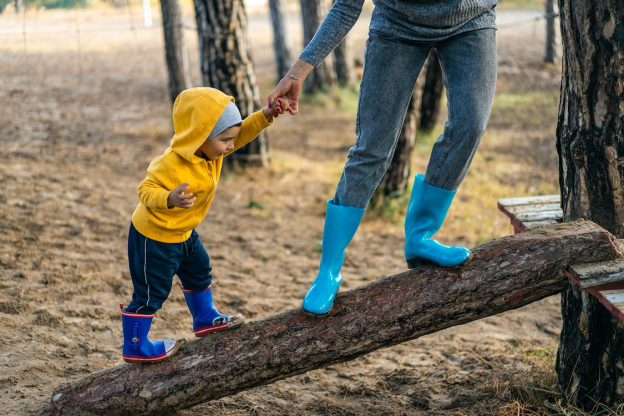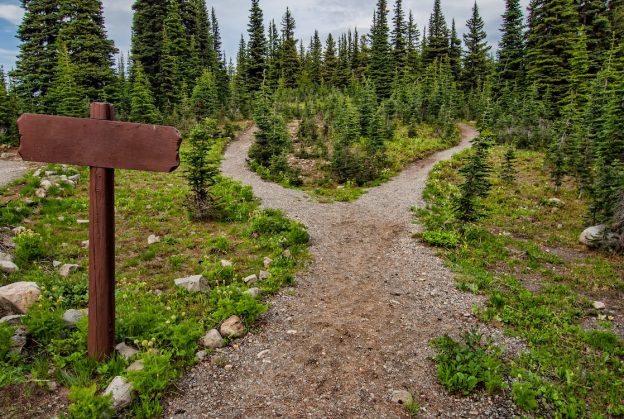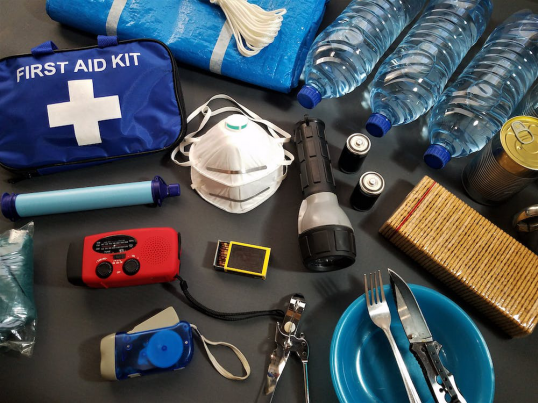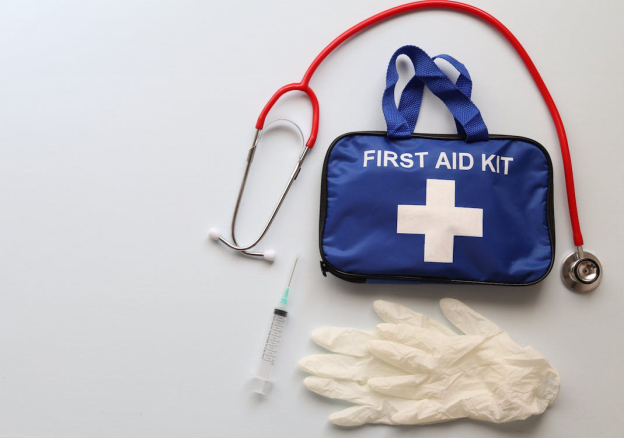
In the vast and untamed expanses of wilderness and remote areas, unforeseen emergencies can occur, demanding a unique set of skills and knowledge to navigate the challenges of providing life-saving care in environments far removed from traditional medical facilities. This comprehensive guide is designed to equip individuals with the essential skills required for Basic Life Support (BLS) in wilderness settings, ensuring that emergency responders, outdoor enthusiasts, and adventure seekers are prepared to respond when faced with critical situations.
As you embark on this educational journey, you will delve into the fundamentals of BLS, gaining a deep understanding of CPR first aid training (Cardiopulmonary Resuscitation), AED (Automated External Defibrillator) use, and other life-saving interventions.
Key Principles of Basic Life Support
Effective Basic Life Support (BLS) forms the foundation of emergency care, and understanding the key principles is essential for anyone venturing into wilderness and remote areas. In these challenging environments, quick and decisive action can be the difference between life and death. Basic Life Support techniques require you to focus on the ABCs of BLS, recognition of life-threatening emergencies, hands-only CPR techniques, and the use of automated external defibrillators (AEDs).
Specific Considerations for Wilderness BLS

Assessing and Managing Environmental Risks
Exposure to Extreme Temperatures
Wilderness BLS requires a heightened awareness of environmental conditions. In extreme temperatures, promptly address hypothermia or hyperthermia by providing insulation or cooling measures as appropriate.
Carry adequate supplies for temperature regulation, such as thermal blankets or cooling packs, and be prepared to adapt to sudden weather changes.
Altitude-Related Issues
Understand the physiological effects of high altitudes, including altitude sickness and decreased oxygen levels. Monitor for symptoms and implement gradual acclimatization for groups ascending to higher elevations.
In case of altitude-related emergencies, descend to lower elevations if possible and administer oxygen if available. Be prepared to address unique challenges posed by reduced oxygen levels.
Wildlife Encounters
In wilderness areas, encounters with wildlife can pose significant risks. Develop strategies for managing encounters with potentially dangerous animals, emphasizing prevention through proper food storage and awareness.
Carry wildlife deterrents and know how to respond to animal attacks or bites. Incorporate knowledge of local wildlife behavior into risk assessment and response plans.
Improvised Tools and Resources
Using Available Materials for Splints and Immobilization
In the absence of traditional medical equipment, adapt to wilderness conditions by utilizing natural materials for splints and immobilization. Learn techniques for creating splints from branches, clothing, or other available resources.
Practice improvisation skills to effectively immobilize fractures or sprains, considering the challenges of uneven terrain and limited mobility.
Emergency Shelter Construction
In unpredictable wilderness environments, the ability to construct emergency shelters is crucial. Familiarize yourself with basic shelter-building techniques using natural materials, and carry compact, lightweight shelter materials in your wilderness kit.
Be prepared to provide protection against the elements, including rain, snow, and wind, to ensure the well-being of both victims and responders.
Communication Strategies in Remote Areas
Signaling for Help
Develop proficiency in signaling techniques to alert rescuers to your location. Use visual signals, such as reflective materials or signal mirrors, in open areas, and practice audible signals, like whistles or shouts, in densely vegetated terrain.
Carry signaling devices that can be seen or heard over long distances. Utilize natural features, such as open spaces or elevated positions, to enhance the visibility of distress signals.
Utilizing Emergency Communication Devices
In remote areas with limited cellular reception, carry reliable emergency communication devices, such as satellite phones or emergency beacons. Familiarize yourself with their operation and ensure they are fully charged before venturing into the wilderness.
Establish communication protocols within your group and have a designated person responsible for maintaining contact with external help. Register your trip with local authorities and inform them of your communication plan.
Essential First Aid Kit for Wilderness BLS

Basic Supplies for Treating Injuries and Illnesses
Wound Care
- Include a variety of sterile dressings, adhesive bandages, and wound-closure strips to address cuts, abrasions, and puncture wounds.
- Antiseptic wipes, hydrogen peroxide, or iodine solutions facilitate proper wound cleaning.
Fracture and Sprain Management
- Carry triangular bandages for sling construction, elastic bandages for compression, and SAM splints or improvised splint materials for stabilizing fractures.
- Include a compact multi-tool for cutting and shaping materials for improvised splints.
Medical Tape and Adhesives
- Secure dressings and bandages with durable medical tape.
- Adhesive strips or butterfly closures aid in closing small wounds.
Burn Care
- Gel-based burn dressings and aloe vera for sunburn provide relief.
- Carry a compact burn kit containing non-stick dressings and burn ointment.
Medications and Tools Specific to Remote Environments
Pain Management
- Non-prescription pain relievers (e.g., acetaminophen, ibuprofen) address pain from injuries or illnesses.
- Include prescription medications as needed, considering potential allergic reactions.
Allergy Management
- Antihistamines for allergic reactions to insect stings, plants, or food.
- Epinephrine auto-injectors for severe allergic reactions (anaphylaxis).
GI Issues
- Anti-diarrheal medications and rehydration salts for gastrointestinal distress.
- Nausea and motion sickness medication for those prone to such issues.
Tools
- Compact, high-quality scissors for cutting clothing or medical tape.
- Tweezers for splinter removal and tick extraction.
- Thermometer to monitor for fever or hypothermia.
Importance of Regular Kit Maintenance and Updates

Regular Inspections
- Routinely check the expiration dates of medications and sterile items.
- Inspect the integrity of the packaging to ensure the contents remain sterile.
Seasonal Adjustments
- Tailor the kit to the specific season and anticipated environmental challenges.
- Consider additional items like insect repellent or sunscreen based on seasonal needs.
Training and Familiarity
- Regularly review the contents and their uses to maintain familiarity.
- Update your knowledge of new products and advancements in wilderness medical care.
Customization
- Customize the kit based on the specific needs of your group and the activities you undertake in the wilderness.
- Consider individual medical needs, such as prescription medications or personal medical devices.
Enhance Your Life-Saving Expertise through CPR, ACLS, and BLS Training
Discover CPR classes in your vicinity, obtain ACLS certification online and achieve recognition as an AHA-certified CPR expert. Whether you're in search of nearby ACLS certification or the convenience of online ACLS certification, the CPR, ACLS, and BLS Training Institute has you covered.
Enroll in courses offering PALS certification, Basic Life Support certification, and online CPR certification. Equip yourself with the latest American Heart Association courses, ensuring preparedness for emergencies. Register now for CPR and first aid training, online PALS certification, and CPR and first aid certification.
Learn More About the Author!
Meet Diane M., a seasoned healthcare professional dedicated to empowering individuals to become everyday heroes. With a background in emergency medicine and a commitment to community well-being, she brings a unique blend of expertise and relatability to life-saving topics.

No comments yet